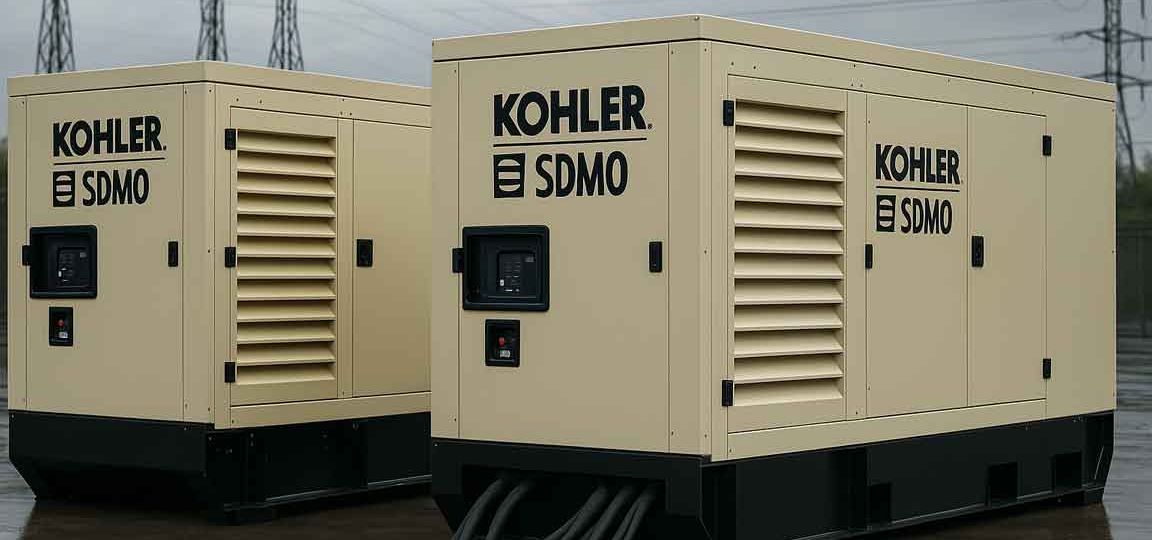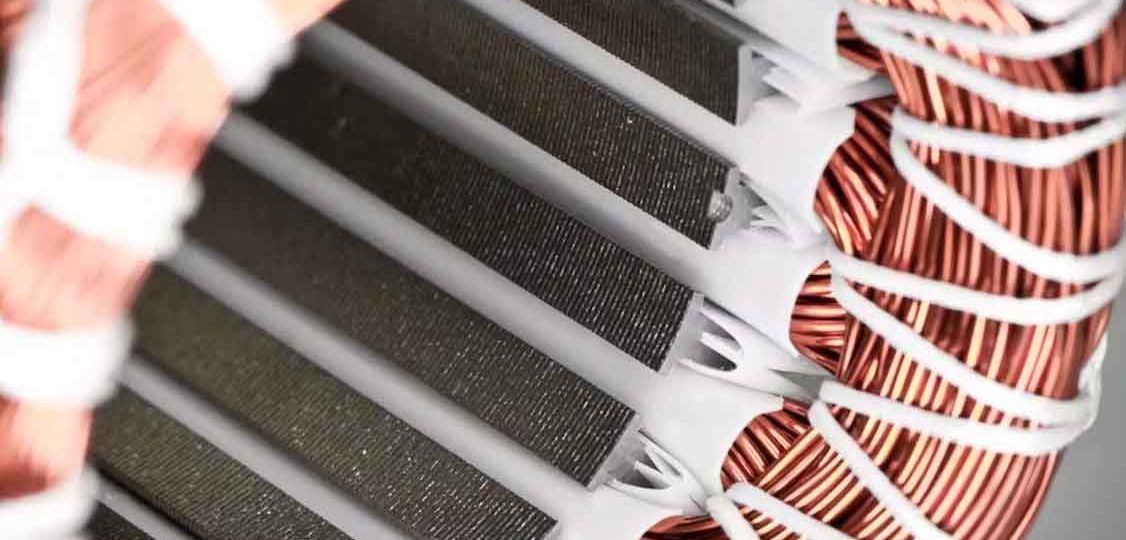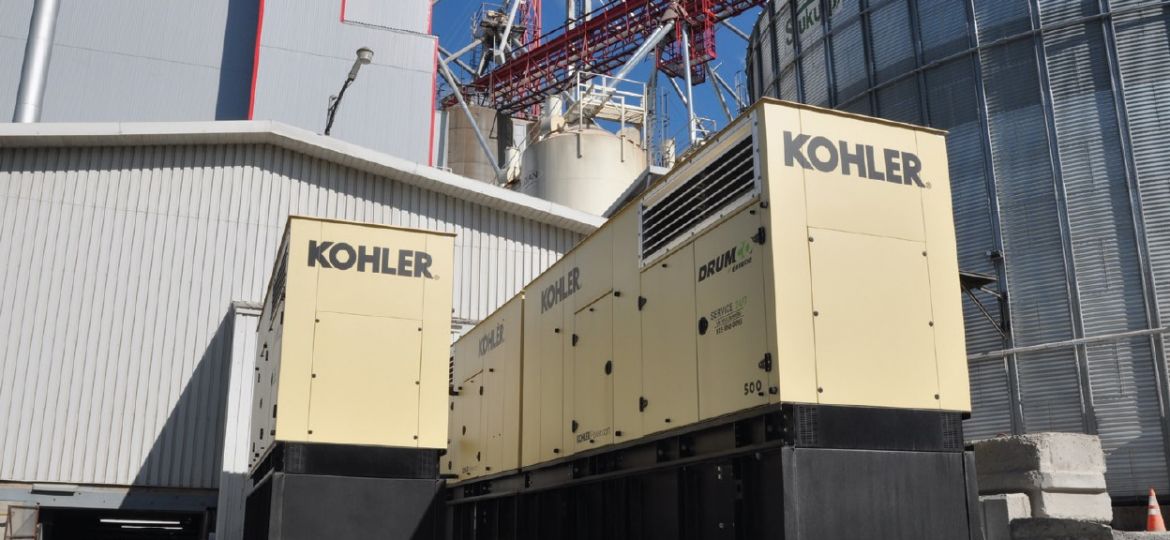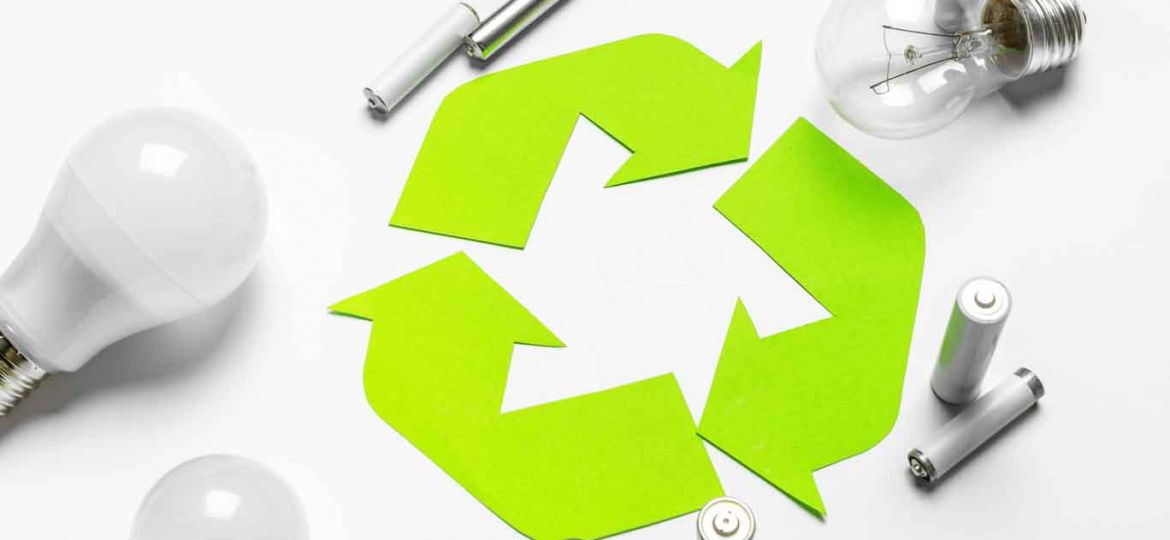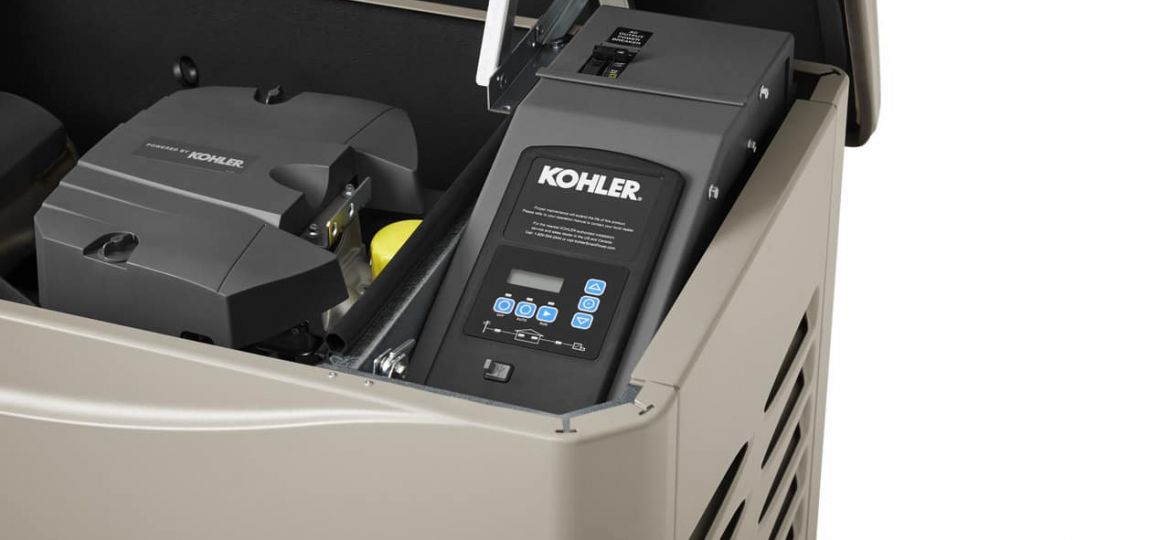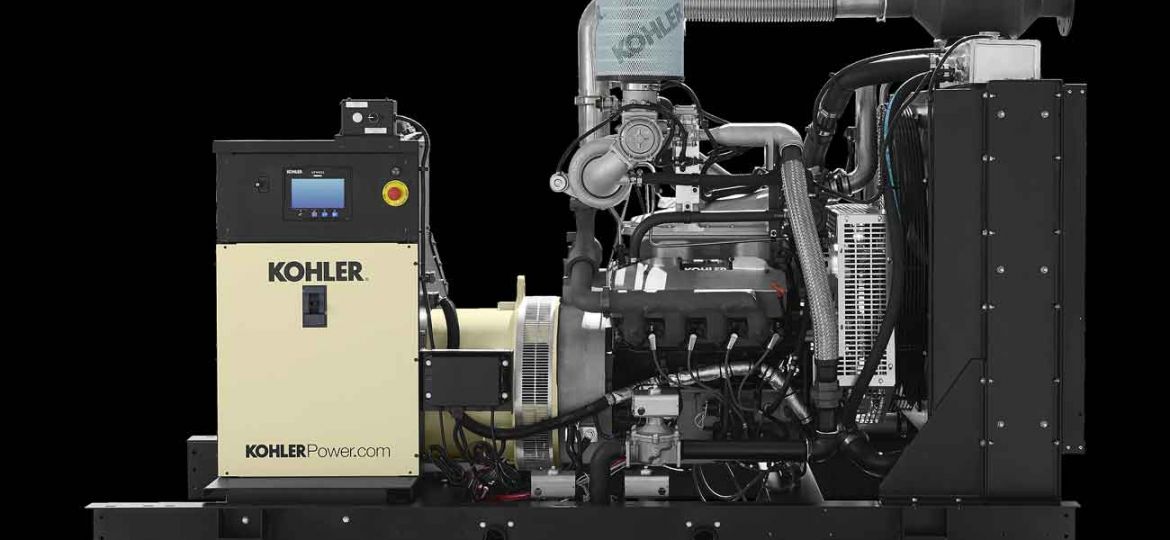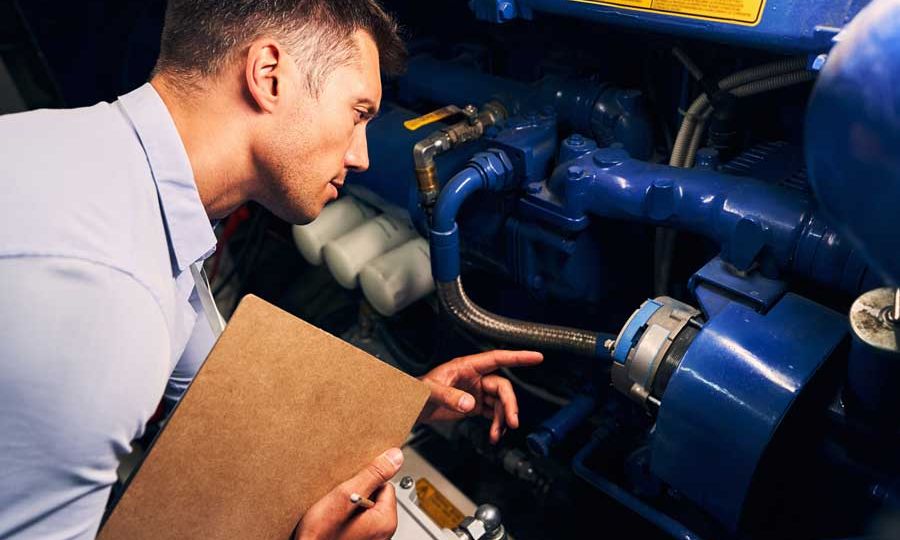As an authorized distributor of Rehlko (formerly Kohler), Brags & Hayes Generators provides insights for electrical engineers designing and specifying resilient power systems. This article dives into seismic isolation principles, International Building Code (IBC) compliance, and how Rehlko’s engineering ensures operational integrity during seismic events. All information is grounded in the official Rehlko whitepaper “Seismic Isolation and IBC Certification” by Luke Dykstra.
Technical topics
Brags & Hayes is proud to announce its partnership with Generac Power Systems, a move that brings a new dimension to our energy solutions portfolio. This collaboration is not just about expanding our product range; it’s about aligning with a brand that embodies innovation, reliability, and a deep understanding of power generation needs. In this article, we delve into Generac’s technological advancements, product offerings, market competitiveness, and the legacy that makes it a leader in the power generation industry.
Synchronization of Generators is the process of matching the output of one generator with the electrical parameters of another power source (such as a power grid or another generator) before connecting them together. In industrial and commercial power systems, multiple generators often operate in parallel (also called generator paralleling) to increase capacity, enhance reliability, or facilitate maintenance. However, paralleling generators is only possible when all units are properly synchronized – meaning their voltages, frequencies, and phase relationships align within strict tolerances. This article provides an in-depth technical overview of generator synchronization, covering how it works, why it’s crucial for power systems, methods and equipment used, necessary conditions, consequences of faults, and answers to frequently asked questions. Engineers and designers of power generator systems will gain a comprehensive understanding of synchronization requirements and best practices.
In power generators, both the armature and the stator are crucial components responsible for energy conversion through electromagnetic induction. Their failure can result in voltage instability, overheating, or complete generator shutdown. Understanding these components, their function, and how to replace them properly is essential for maintaining generator reliability.
This guide will provide a detailed breakdown of armatures and stators, their differences in AC and DC generators, common causes of failure, and a step-by-step replacement procedure for each component. We will also cover critical safety precautions and post-installation testing to ensure optimal performance.
This article is written for electrical engineers and generator technicians who require an in-depth technical approach.
In this post we will continue to delve into the Generator Set Application and Rating Guidelines so that you can understand what type of power generator product to purchase to meet your needs.
When it comes to investing in a generator set, the decision isn’t just about selecting a brand or model. It’s about understanding how generators are rated, their applications, and the specific conditions under which they’ll operate. This guide provides a detailed breakdown of generator rating categories, application considerations, and crucial factors affecting performance, such as altitude and temperature adjustments.
The global energy landscape is at a crossroads. The twin challenges of ensuring reliable power generation and addressing the climate crisis demand innovative solutions. For engineers, especially those involved in the design and implementation of backup power systems, the need for technical expertise in sustainable practices has never been greater. This post delves into the future of clean and ecological energy production, offering insights into the technical advancements that can help achieve this goal.
When selecting or installing a generator, understanding its rating is crucial for ensuring reliable performance and durability. This guide delves into the procedures and standards outlined in a technical document for determining generator set ratings, focusing on practical applications for technicians and users.
In an age where power failures pose significant challenges for various industries and households, having a reliable backup generator is essential. Whether your need is for industrial applications, commercial enterprises, recreational or industrial marine use, portable devices, mobile needs, solar energy solutions, battery backups, or home generators, understanding the specifics of each type will help you make an informed decision. This comprehensive guide will detail each category, providing the necessary technical information and key considerations to facilitate the selection process.
Maintaining power generation equipment is a critical task that requires a thoughtful, tailored approach to ensure reliability and efficiency. Equipment owners must collaborate with experienced technicians to design maintenance programs that address their specific operational needs. This comprehensive guide merges insights from various perspectives to provide a holistic view of maintaining power generation equipment effectively. By striking a balance between regular maintenance and optimizing operational efficiency, power generation systems can achieve longevity and consistent performance.
Faced with the need for a robust standby power solution, Meunerie Saint-Hugues evaluated options among top suppliers, prioritizing value without compromising on reliability. Additionally, the limited physical space and tight project timeline further complicated the selection process. The ideal site for the generator set was near a lower truck bay in a mechanical building, but accommodating a single 1500 kW unit would have demanded extensive and costly site modifications.




